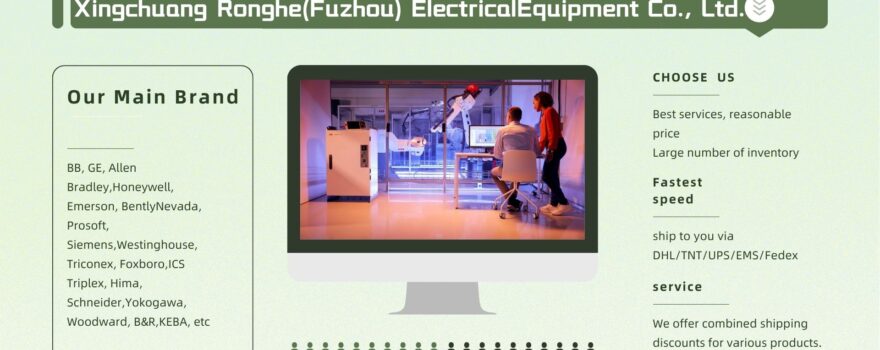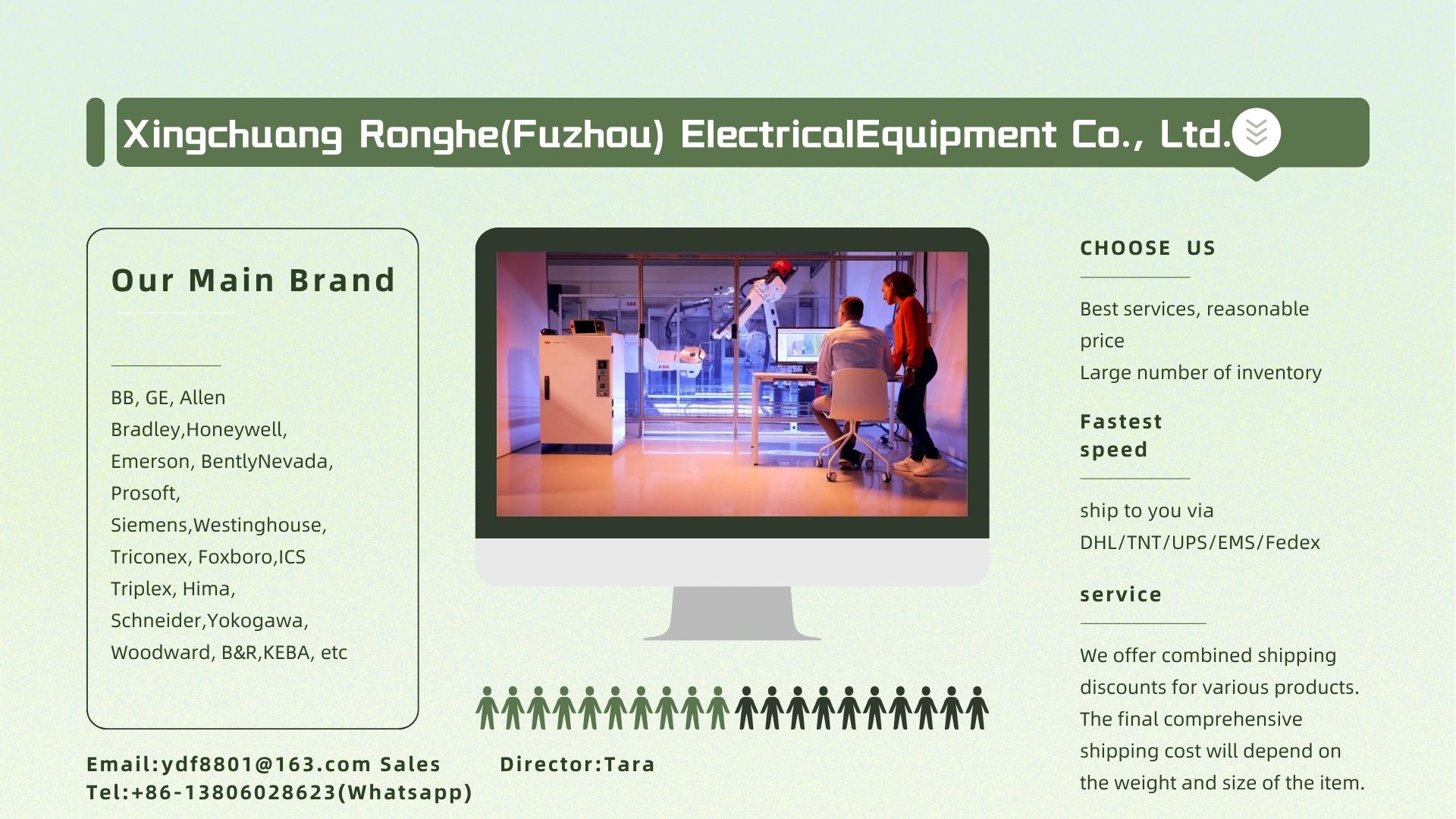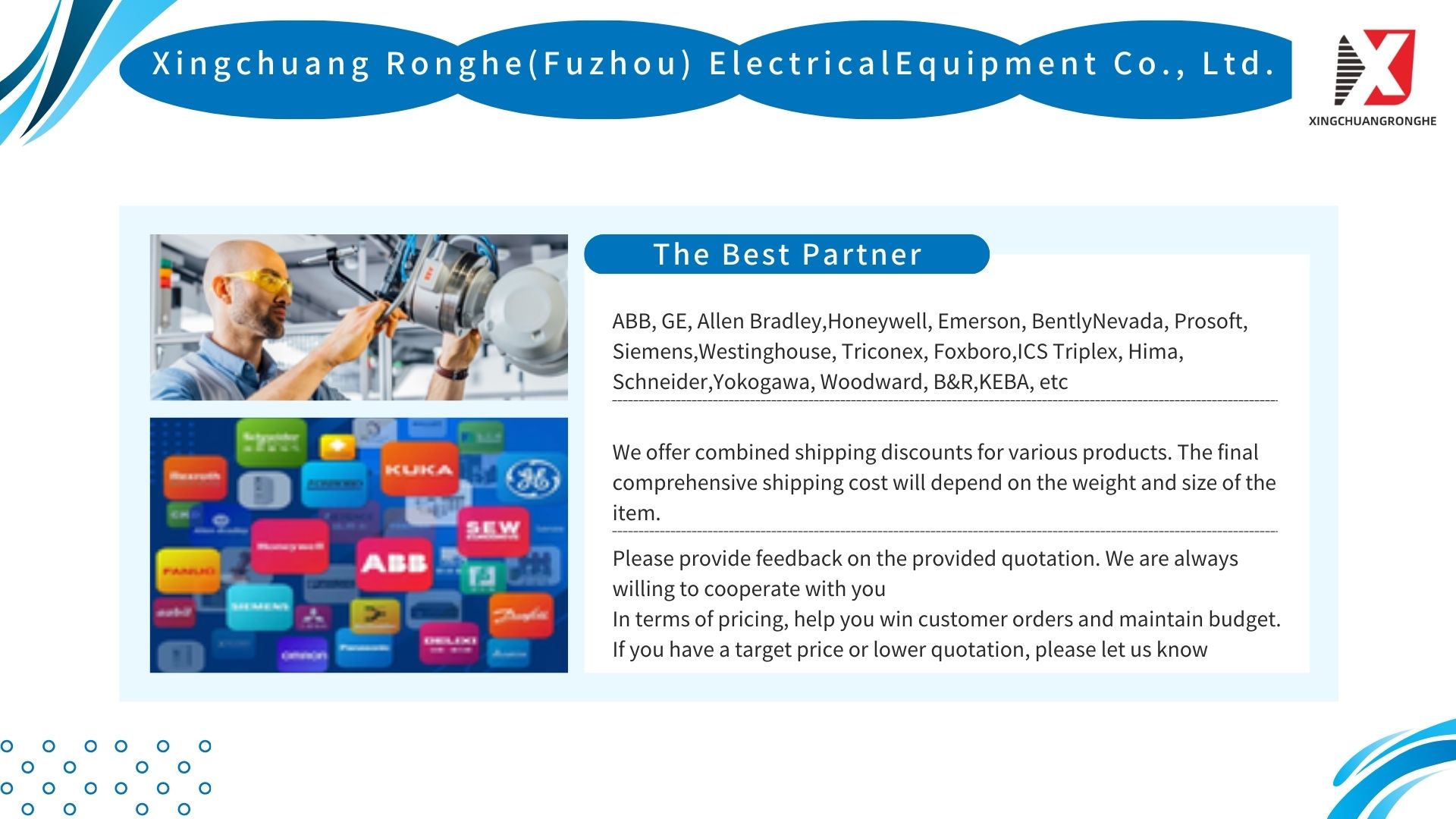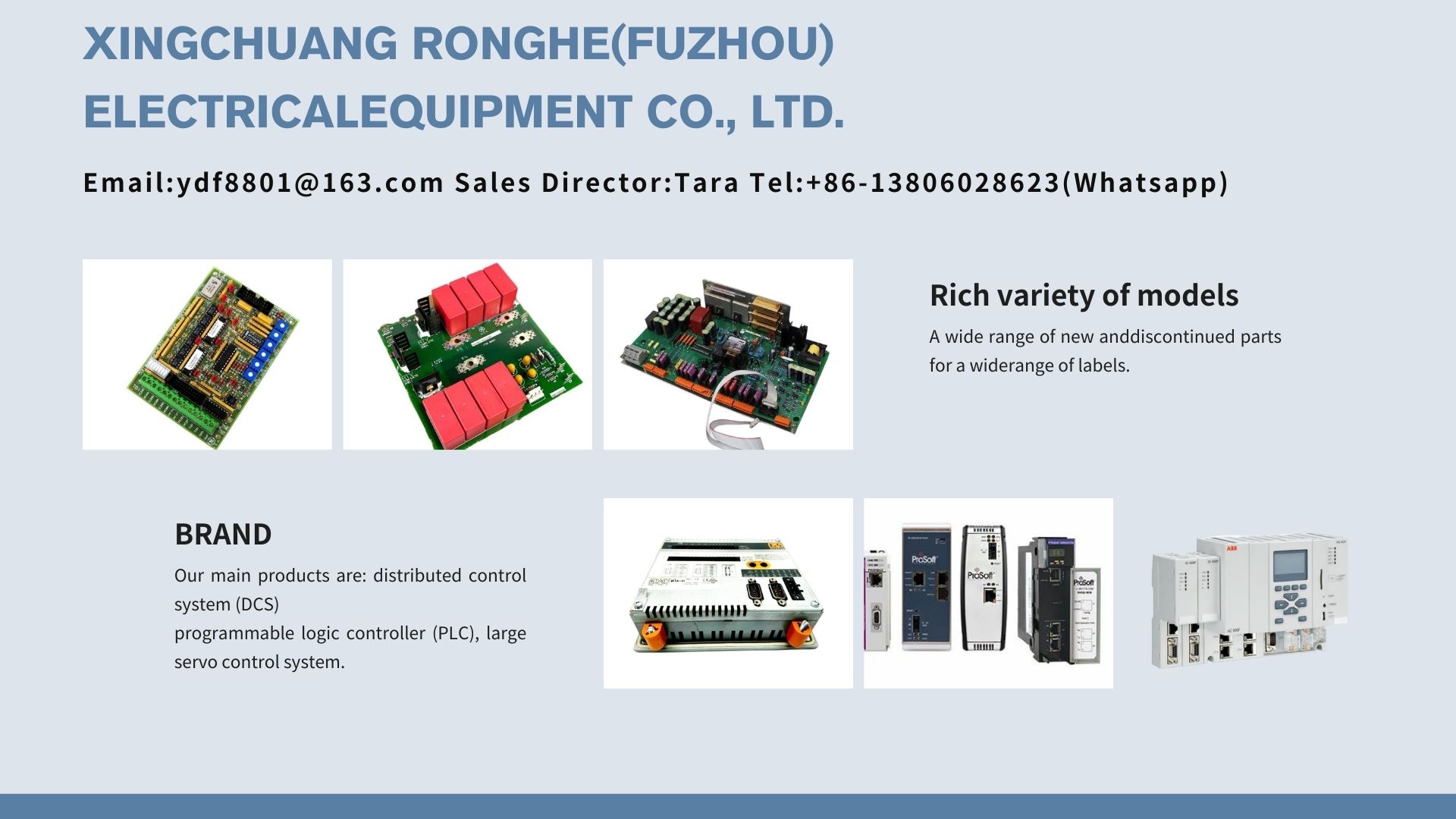From August 13 to 15, the Changsha International Convention and Exhibition Center hosted the 33rd China (International) Measurement and Control Exhibition (MICONEX2025). As one of China’s largest and most influential instrumentation events, MICONEX2025 centered on “Intelligent Industry, Green Future.” It drew over 500 enterprises from 20+ countries and regions, showcasing cutting-edge industry tech and solutions. Among them, Endress+Hauser—a global leader in process automation—stood out. Its 100-square-meter booth at A1061 in Hall E1 used a 3D display model (“products + scenarios + concepts”) to highlight innovations in energy metering, fermentation monitoring, and process parameter control. It quickly became one of the most visited booths at the exhibition.
Today, global industry faces dual challenges: boosting
energy efficiency and achieving low-carbon development. Instrumentation acts as the “eyes and nerves” of industrial production. Its tech level directly shapes how refined, intelligent, and low-carbon industrial processes can be. Two key demands are driving change in the sector. First, enterprises are upgrading their internal needs. As environmental awareness grows, they no longer settle for “compliant production.” Instead, they pursue “high efficiency, energy savings, and low carbon” to cut costs and stay competitive. Second, external policies are pushing action. The Paris Agreement’s long-term goals, China’s “dual carbon” policies, and stricter local environmental rules have laid out a clear “green development” roadmap for the industry. Meanwhile, new demands—like customized solutions, remote operation, and predictive maintenance—are reshaping the industry.
Against this backdrop, Endress+Hauser has woven “sustainable development” into its core strategy. Every product and solution is designed to help customers cut energy use, reduce emissions, and optimize processes. For example, its smart meters in energy metering track consumption in real time to spot waste. Its automation systems in process control adjust parameters to cut material waste and emissions. This reflects the company’s belief that “business value and environmental value can coexist.”
At the exhibition, Endress+Hauser’s “Sustainability Zone” let visitors see its green practices firsthand. A living wall of local drought-resistant plants stood next to a looped video of the company’s environmental efforts. Together, they brought “green industry” to life. Displays also highlighted Endress+Hauser’s global projects: from its “zero-carbon factory” at its German headquarters to water recycling at its Chinese factories, and green supply chain management. Each case showed the company’s deep commitment to sustainability.
“Sustainability isn’t a slogan—it’s a long-term strategy that needs consistent investment and action,” said Wang Yiwei, Endress+Hauser’s Marketing Director, in an on-site keynote. Since 2014, the company has built a robust sustainability management system. Its annual reports cover ecological protection, labor rights, business ethics, and supply chain responsibility. Third parties review these reports to ensure transparency. What’s more, Endress+Hauser has earned a spot in the top 5% of EcoVadis’ “Gold Suppliers” for years—thanks to strong performance in environmental management and labor practices. It’s now a model for
sustainability in the industry.
To boost its environmental tech, Endress+Hauser has also formed a deep partnership with SICK. The two sides are combining strengths in gas measurement, sensor tech, and data analysis to develop integrated environmental monitoring solutions for multiple industries. “This partnership isn’t just about expanding our product line,” Wang noted. “It’s about turning Endress+Hauser from an ‘instrument supplier’ into a ‘low-carbon transformation partner’—offering full-process services from data monitoring to emission reduction plans.”
Beyond sharing its sustainability vision, Endress+Hauser focused on scenario-based displays to show how its tech solves real industrial problems. During the exhibition, it co-hosted a “tech live stream” Technical experts broke down product strengths and case studies for different industries. Over 30,000 industry professionals watched online. At the booth, six scenario-based systems became visitor favorites:
This system showcases Endress+Hauser’s “full-process solutions,” combining level, flow, pressure, temperature, liquid analysis, and digital products. Unlike traditional displays, it adds a “human-machine interaction” feature. Visitors can use explosion-proof tablets to check real-time data and equipment status. They can also generate analysis reports via the cloud. For example, in a simulated chemical production scenario, visitors can see how flow meters control material transport and pressure transmitters monitor pipeline pressure—helping them understand how Endress+Hauser’s products enable refined production control.
LNG operations face “low temperature, high pressure, and high risk”—so E
ndress+Hauser designed a dedicated solution. The system includes mass flowmeters, vortex flowmeters, and gas ultrasonic flowmeters. These devices use special materials and processes to operate stably at -196℃, with accuracy up to ±0.1%. It also integrates the Netilion IoT platform and Heartbeat self-verification tech. Netilion lets enterprises track real-time LNG process data and send alerts. Heartbeat checks instrument accuracy automatically—no manual disassembly needed—cutting downtime and maintenance costs. Staff noted this solution is already used in domestic LNG terminals and transport ships, enabling precise metering and smart operations.
Tailored to food and biopharmaceutical hygiene needs, this system is modeled after beer fermentation. It includes electromagnetic flowmeters, mass flowmeters, radar level gauges, and a beer fermentation monitor. All equipment meets strict hygiene standards (Ra ≤ 0.8μm surface roughness) to prevent contamination. The beer fermentation monitor is a standout: it uses non-invasive tech to track sugar, alcohol, and yeast activity in real time—no sampling required. This ensures data accuracy and avoids fermentation liquid contamination. It’s now widely used in beer, dairy, and juice production to boost product quality stability.
Tank farms are “safety cores” for chemical and petrochemical firms. Leaks or overpressure can cause major accidents. Endress+Hauser’s system uses “hardware + software” to ensure safety. Hardware (level meters, thermometers, pressure transmitters) tracks real-time data with ±0.05% accuracy. Software (tank farm management tools) stores data, analyzes trends, and sends alerts. If levels or pressure exceed limits, the system triggers alarms and sends alerts to managers’ phones. It also generates inventory and metering reports to digitize tank farm management. Reports show this system has cut safety accidents by over 40% at large domestic petrochemical firms.
For chemical and petrochemical loading/unloading, “accurate metering” and “safe operation” are critical. Endress+Hauser’s system includes batch controllers, mass flowmeters, and control valves to automate operations and ensure precision. Its “all-in-one card” feature is key: drivers use an IC card for ID verification. The system then pulls order info and sets loading/unloading volumes. During operations, mass flowmeters track data in real time, and batch controllers adjust valves to keep errors ≤0.1%. Afterward, the system generates reports and uploads data to ERP systems—closing the loop on “order → loading/unloading → metering → tracking.”
To support digital transformation, Endress+Hauser’s platform covers “production → management → energy” processes. It has six modules: loading business management (for order scheduling), loading monitoring (for remote oversight), metering management (for traceable reports), smart warehouse operations (digital twin modeling), and energy management (consumption analysis). The platform supports remote deployment and integrates with existing ERP/MES systems. It helps enterprises make “data-driven decisions” to boost efficiency and cut emissions.
Endress+Hauser Beijing Technology also brought environmental innovations to the exhibition:
MARSIC 300 Ship Exhaust Monitoring System: Tracks pollutants (NOx, SOx, particulates) on ocean-going ships to meet IMO Tier III standards in ECAs. It also monitors greenhouse gases and offers 24/7 global support.
EHTECH9026 Dioxin/Furan/Heavy Metal Sampler: Automatically collects pollutants in incineration plants and steel mills for up to 7 days. It reduces human error and speeds up sample analysis.
FLOWSIC100 Flare-XT Metering System: A gas ultrasonic flowmeter for flare gas. It works in harsh conditions (high humidity, dust, corrosion) with ±0.5% accuracy. It supports online maintenance and helps recover flare gas for energy savings.
EHTECH 8010 TOC Analysis System: Measures TOC in water using high-temperature (for industrial wastewater, 0-5000mg/L) or UV oxidation (for pure water, 0-5000μg/L). It monitors 24/7 with fast responses.
MCS200HW Multi-Component Analyzer: Tracks multiple flue gas pollutants (SO2, NOx, particulates) for ultra-low emission standards. It also monitors ammonia escape and carbon emissions, with CCEP/CE certifications and customizable ranges.
Endress+Hauser’s MICONEX2025 showing highlighted its tech strength and responsibility as a process automation leader. It’s not just a platform for customer and partner engagement—it’s a window to share its “green development” vision. Looking ahead, Endress+Hauser will keep innovating, deepen industry partnerships, and drive the instrumentation sector toward intelligence, greenness, and high-end development—contributing more to global industrial low-carbon growth.



